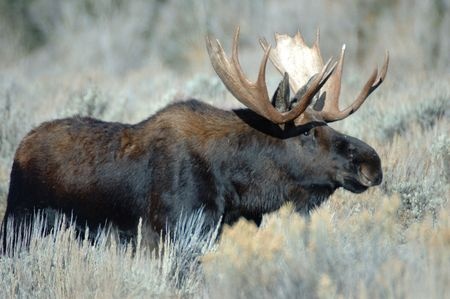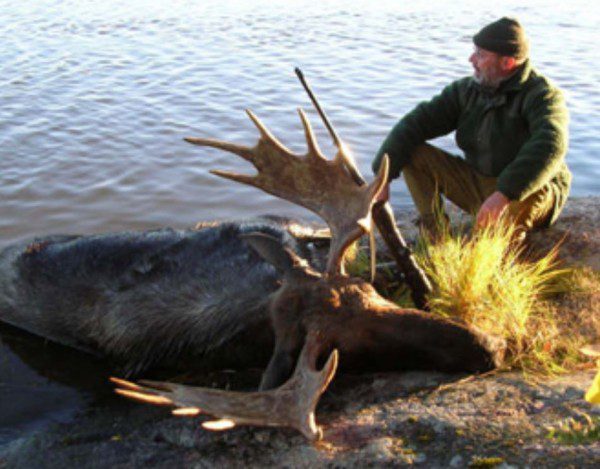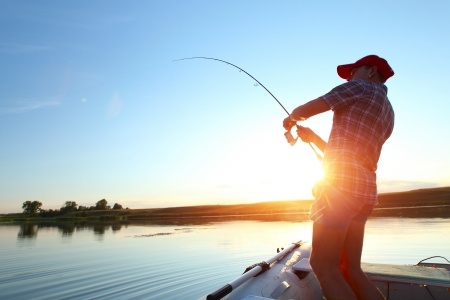One of the most common questions about bear is: “Can I eat it?” Of course! It’s perfectly delicious and safe, if not unusual. Experienced hunters may even tell you that it’s a finer meat. Bear meat was a staple of the frontier explorers, and since the bear hunting season has been elongated by many U.S. states, hunters and foodies are on the prowl for interesting bear meat recipes.
It’s been called one of the more flavorful wild meats you’ll ever come across. When hunting bear, you will need to field dress it quickly and then keep it as cool as possible until it can be properly cut and stored. The butchering process is similar to how you would butcher a deer with steaks, roasts, and ground meat for burgers and sausages.
Bear Roast
For a wonderfully tasty bear roast, cut garlic cloves and insert them into slits in the roast. Season the roast with salt and pepper and then marinade the roast in soy sauce, vegetable oil, an onion. You can add mushrooms as well. For three to four pounds of meat, cook the roast at 250 degrees for about four and a half hours (you want an internal temperature of at least 170 degrees).
Bear Stew
Have you ever considered a bear stew? Sauté the meat in oil and then stir in some flour and seasonings (pepper, salt, and oregano). Add water, potatoes, and mushrooms. Bring to a simmer, cover it, and cook the stew for about 45 minutes.
Bear Steaks
For mouthwatering bear steaks, try slicing a large onion and spreading with chili powder and sage. Place the onion pieces on both sides of the bear steak, spread the spices on the steak as well, and then refrigerate for about three hours. Brown on both sides, or cook until desired.
You’ll begin to wonder why restaurants aren’t offering bear!






